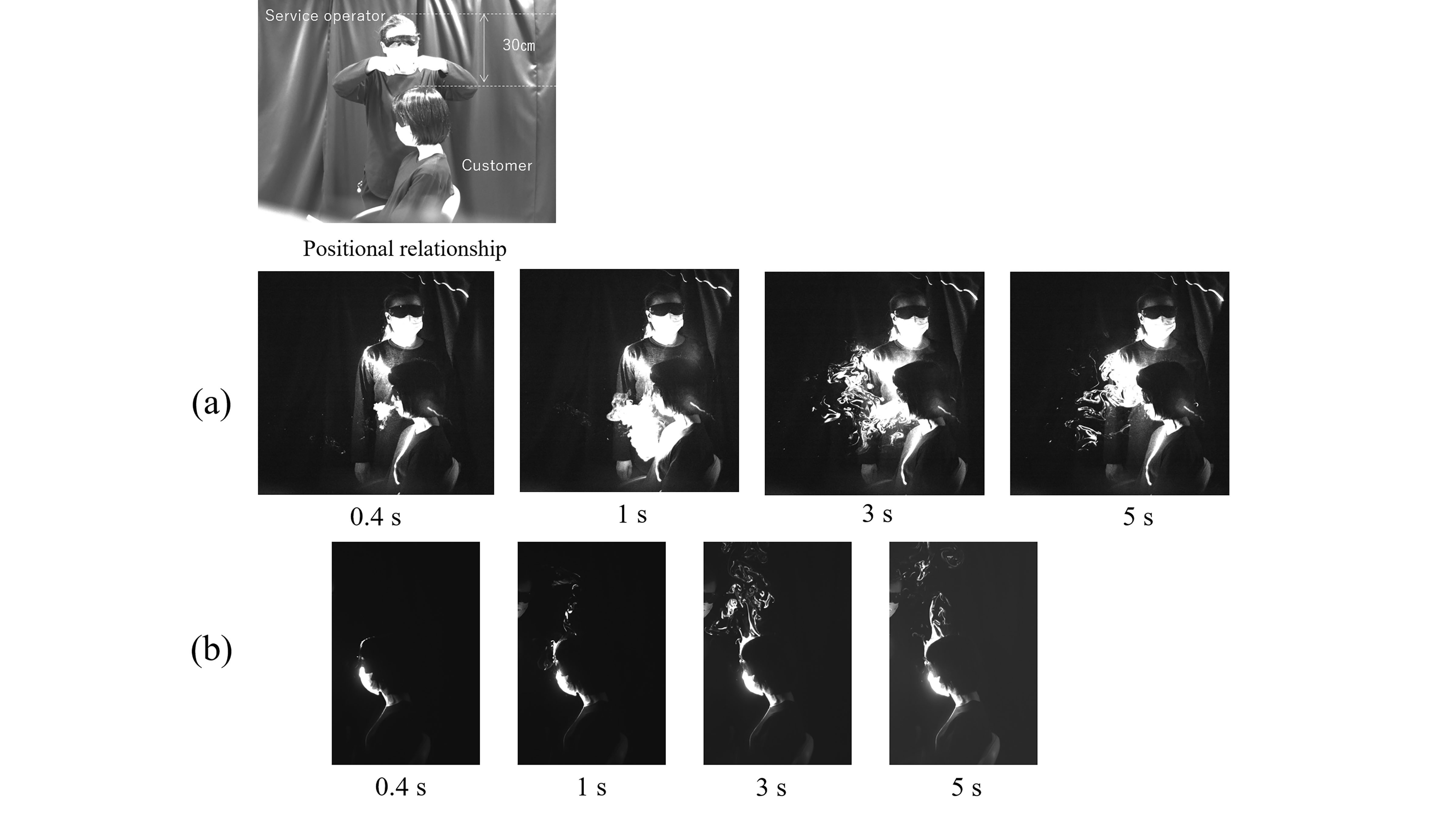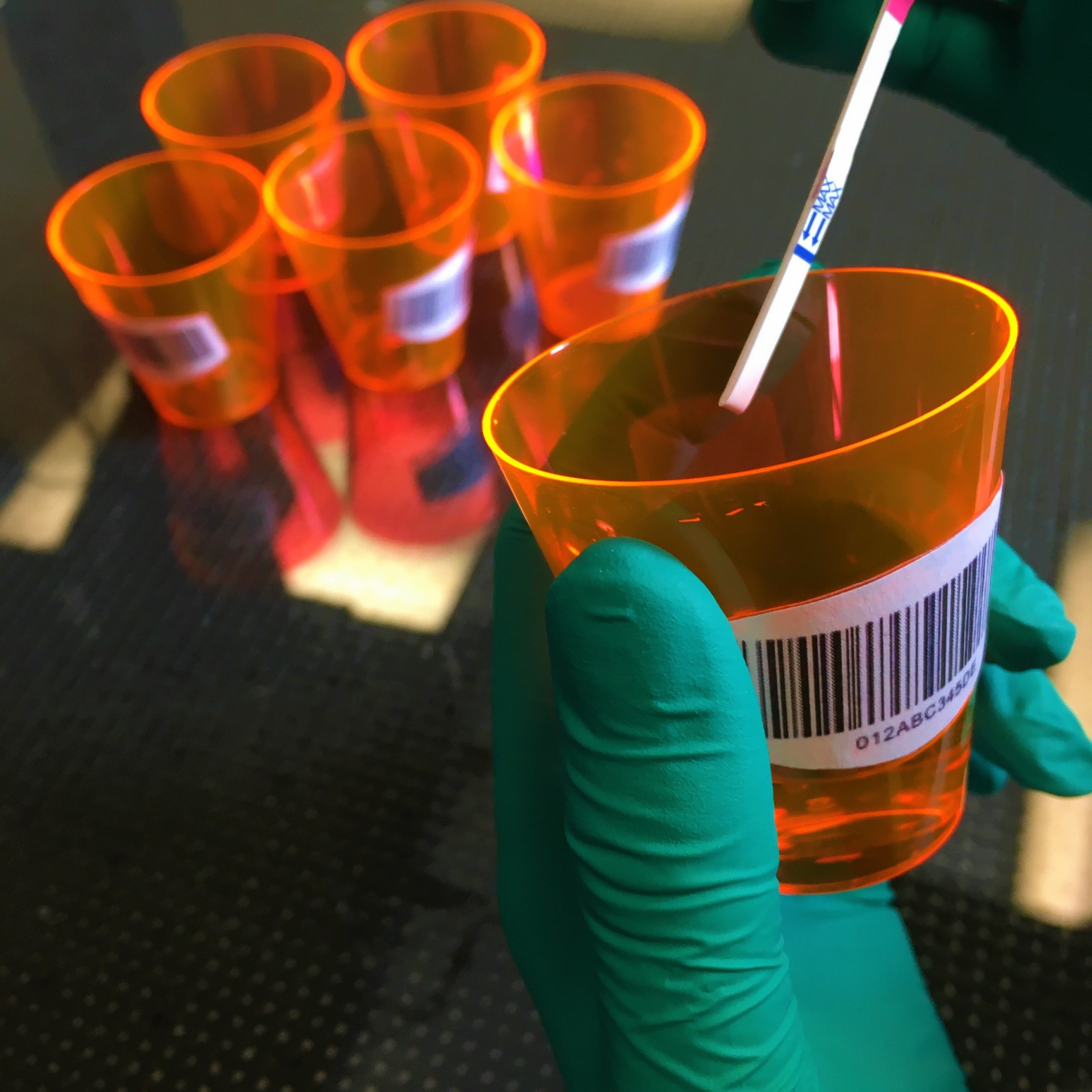By now, most people have used an at-home test to find out if they have COVID-19. Rapid antigen tests are a fast and convenient way for people to test themselves for SARS-CoV-2, the virus that causes COVID-19. They’re a popular alternative to the polymerase chain reaction (PCR) tests that require a laboratory to process the results.
Tag: Asymptomatic
UNLV, SNWA Study Makes Case for Candida Auris Wastewater Surveillance
A rapid spike in cases of a potentially deadly, drug-resistant fungus has concerned public health officials across the nation. But a team of Southern Nevada researchers hope their new study applying wastewater surveillance can help health officials get a step ahead of this emerging global public health threat.

Simply Speaking While Infected Can Potentially Spread COVID-19
COVID-19 can spread from asymptomatic but infected people through small aerosol droplets in their exhaled breath. Most studies of the flow of exhaled air have focused on coughing or sneezing; however, speaking while near one another is also risky. In Physics of Fluids, scientists used smoke and laser light to study the flow of expelled breath near and around two people conversing in various relative postures commonly found in the service industry, such as in hair salons, medical exam rooms, or long-term care facilities.
At least 50% of COVID-19 infections come from people who aren’t showing symptoms
A new study out of the University of Chicago has found that during the initial wave of the COVID-19 outbreak in New York City, only 1 in 5 to 1 in 7 cases of the virus was symptomatic. The research team found that non-symptomatic cases substantially contribute to community transmission, making up at least 50% of the driving force of SARS-CoV-2 infection.
Majority of Pregnant Women Who Tested Positive for COVID-19 Were Asymptomatic, Study Finds
The majority of pregnant women who tested positive for COVID-19 on arrival to the delivery room were asymptomatic, according to a new paper by Mount Sinai researchers.
Do Asymptomatic Kids with COVID-19 Carry Less Virus?
New questions are at the forefront as a study published in the Journal of Clinical Microbiology from nine children’s hospitals finds that most asymptomatic children who tested positive for COVID-19 had relatively low levels of the virus compared to symptomatic children. The authors caution that the reason for this finding is unclear and more questions need to be answered. Were the asymptomatic children generally tested later in their disease, and were their viral loads potentially higher closer to the beginning of their infections? If tested early in disease, would asymptomatic children have viral loads as high as symptomatic children? Or do asymptomatic children typically not carry as much virus as children with symptoms? If so, how would lower viral loads impact the risk of transmission? These questions are essential to further clarify the public health impact of pediatric COVID-19.

Detecting Small Amounts of Virus in Early Infections
Diagnostic devices that are used at home or in doctors’ offices are often not sensitive enough to detect small amounts of a virus that might be present in samples from asymptomatic patients, which can occur in early stage COVID-19. In Biomicrofluidics, scientists report a membrane-based invention that can concentrate the virus content of a sample of urine or saliva, allowing it to be detected.
Clearing confusion on asymptomatic spread
Confusion abounds about the difference between asymptomatic and pre-symptomatic infections when it comes to the pandemic coronavirus. Dr. John Lynch, medical director of infection prevention and control at Harborview, explains what it means.

Asymptomatic Testing Central to UC San Diego’s Return to Learn for Fall Quarter
The University of California San Diego today announced the next step in its Return to Learn program, which will guide an incremental repopulation of the campus while offering broad, asymptomatic testing for faculty, staff and students on a recurring basis to detect the presence of SARS-CoV-2, the novel coronavirus that causes COVID-19.

As Businesses Reopen, It’s Crucial We Wear Masks, Safely Distance
In a perspective piece published today in the journal Science, UC San Diego experts describe in detail the growing evidence that SARS-CoV-2, the novel coronavirus that causes COVID-19, can be spread by asymptomatic people via aerosols — a reality that…